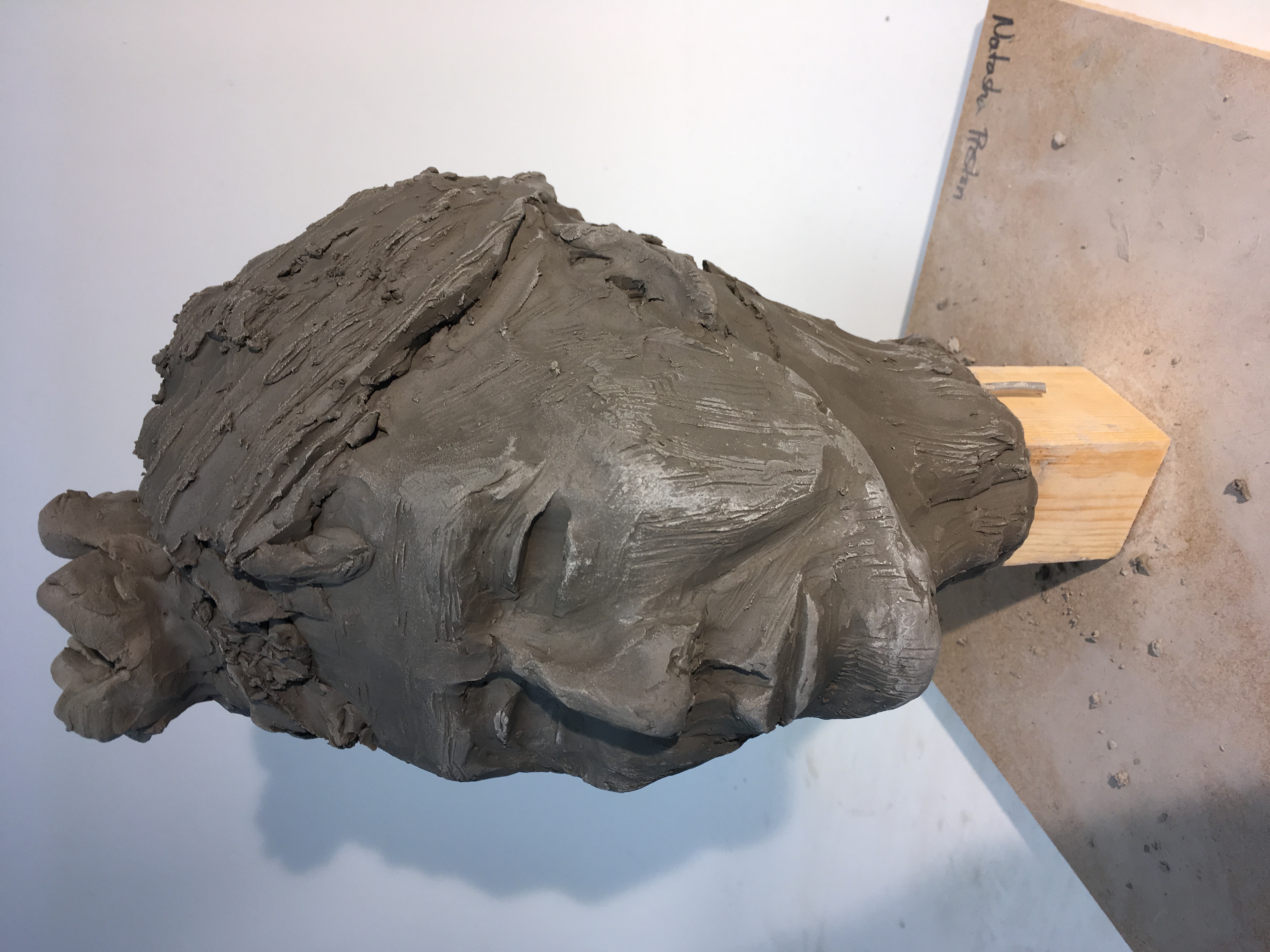Media Project
- 1700640

- Sep 24, 2017
- 4 min read


I have had previous experience with Premiere Pro and decided to use this session to experiment using techniques I had relearned. For example below I used 'cross fade' to make the transition between the two shots appear seamless. However I wasn't paying much attention to the details and a result the was a 'glitch' with the image.
V.1.1
For the eye appearing over the ink blot I used opacity from 0% up to 73.5%. This is because if I had put it up all the way to 100% it would have shown the entire frame of the video, which I did not want as it would have ruined the effect.
Whilst making this video and watching it over to make sure it worked, I was thinking that it could work as an intro to a show of some kind; with the shot of the city, probably as supernatural crime show?
V1.2
All in all, this project allowed me to get reintroduced to Premiere Pro and possibly use this type of media for my project. Thinking back to my previous reflection post, I actually think I may be more of a media thinker after all.

For this project I was thinking of using the horror trope in conjunction with its opposite to see the effect it would produce. I tried this with polaroids (see A4 sketchbook) and I was intrigued by the results. Following this I have made a mood board in order to showcase the ideas and images I might use for the final images. I was quite taken with the glossy effect of polaroid film and am planning to make a series.
I was inspired to take it out of its original context and into a darkness we never let ourselves experience for too long. This includes feelings like anger, sadness, jealousy, etc. because society wants us to hide these perfectly human emotions, but why not explore them in a creative context.
We rely too much on images to remember events and things, so through this project I am using that to alter and change the context of the memories in the photos. Instead of a happy family gathering, or a graduation, it is now from the perspective of someone who feels a kind of darkness that has latched onto and altered their memories.

Some picture in the mood board above were taken from:
https://www.theguardian.com/artanddesign/2015/aug/20/banksy-dismaland-amusements-anarchism-weston-super-mare#img-2
https://www.jupiterartland.org/artwork/theatre-dombres
Artist Inspirations:
Christian Boltanski - Shadow Puppet
Banksy - Dismal Land
Sheet:
Make changes based on reflection of memory
distorted images/memories
cut images=broken memories
think about audience->
Methods&Materials: polaroids -> tangible memories,
Format -> photo album (scrapbook?) / box (paper, coffee oven)
Intention->
Name - Disjointed Memories (working title)
Project Review:
I should have done more artist research as this could have fed into my idea development. In terms of the meaning behind my work I forgot to mention that it was to show how certain mental illnesses can affect your memories for the worst. Turning your mind against you, making it hard for other people to convince you otherwise. There is no research for this, but I know it from first hand experience from what a couple of my friends have told me. When it comes to the presentation of the actual project, I could have thought of the format a lot more than I did. But for the assessment I will present it in an old metal box to show that the memories have faded.
Going back and reading the feedback, I decided to take into account a specific comment I remembered clearly about using polaroids taken in the moment with a polaroid camera. As opposed to just printing them out for the project. This comment struck me as I felt it would make my work more authentic, so I took this into account and asked my parents to send me all of my polaroids and began working on them. It was a different feeling when I was working on originals because I knew I couldn’t replace them, but then I remembered an artist someone had mentioned at the project review, Michael Landys’ 2001 piece ‘Breakdown’*.
I have also done some more research into polaroid projects before continuing to finish mine as I felt this would benefit my work. For this I used “Ewing, William A., et al. The Polaroid Project: at the Intersection of Art and Technology. Thames & Hudson, 2017”. The that inspired me the most I have displayed below. Looking through the book, I found it interesting the way artists like Evergon, Joyce Neimanas’ ‘Untitled 4’ and Lucas Samaras’ ‘Serpent Green Reclining Nude, 1984’ have used multiple snapshots to put together a whole image. Dividing the images makes the viewer focus on each individual piece after looking at the whole. This is more prominent with polaroids as you’ve got the frames of the polaroid that clearly separate the whole. But there’s still the aspect of breaking down an image, which at the core is what I have done with my project.
Overall, I have found this project allowed me to experiment with more media oriented materials. However, I missed our first analogue day which meant I didn’t experiment with heat vision camera or the polaroid cameras which meant I started this project off on the wrong foot. But as the project went on
In the end, I am almost 100% sure that I won’t choose any of the media pathways even though I did enjoy the project. It just didn’t feel like the right fit for me as I’d much rather use my hands to create tangible things rather than a computer/printer/camera. I also don’t enjoy collage that much either.
*Sooke, Alastair. “Culture - The Man Who Destroyed All His Belongings.” BBC, BBC, 14 July 2016, www.bbc.com/culture/story/20160713-michael-landy-the-man-who-destroyed-all-his-belongings.








Comments